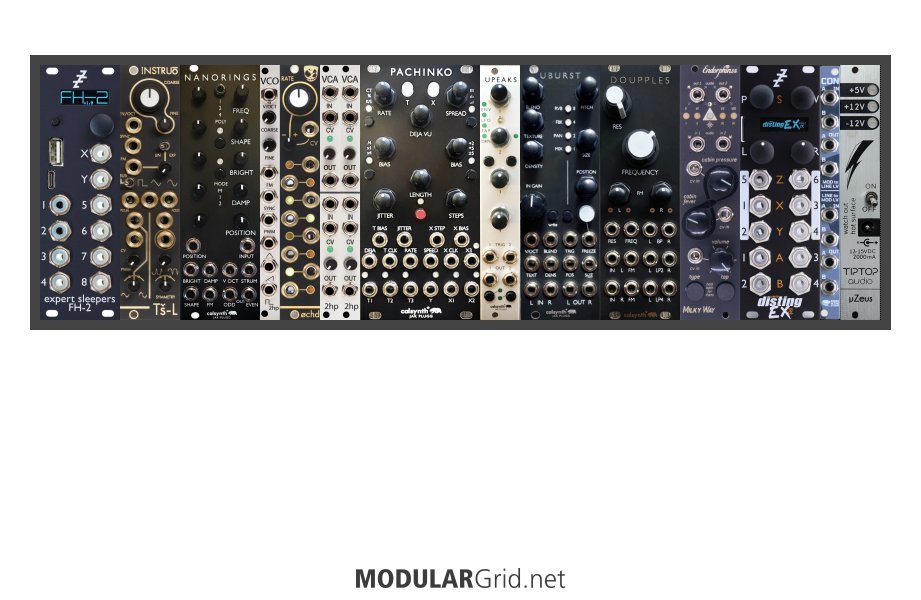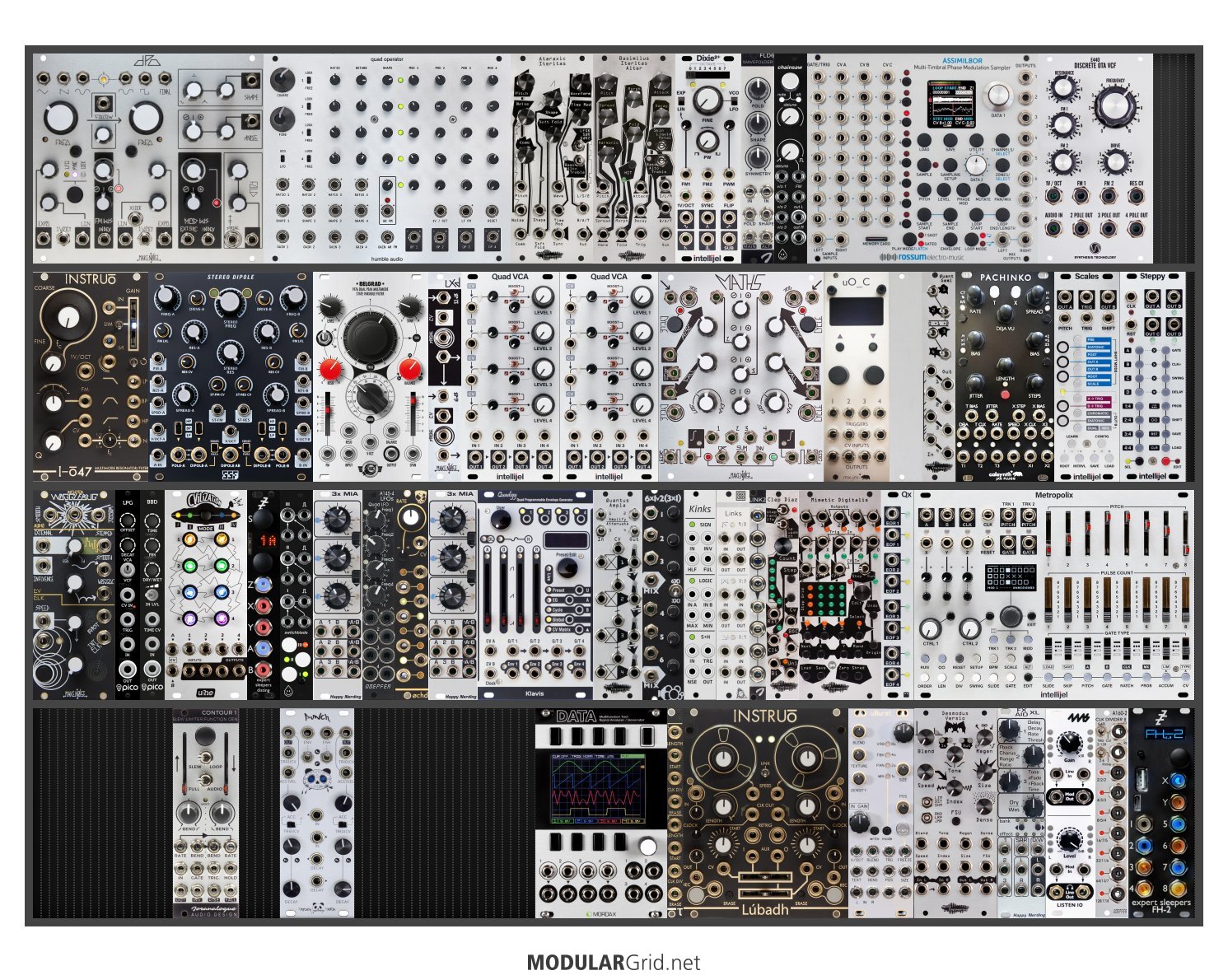Having a lot of interesting options is a fun part of this whole hobby. I think we are all building our own individual "dream voicing rig," so the answers you get here will probably be all over the place. In the search for my own perfect voicing I've tried a bit of everything. Had a Furthrrr Generator, still have the Recombination Engine, E352, and Panharmonium, tried a fair amount of the Mutable stuff, some of the Schlappi stuff, some Make Noise and Noise Engineering, etc.
The truth is my favorite sounding and playing modules are the AJH Synth stuff. They sound perfect to my ears. They are well-built. The envelopes, oscillators, filters, and VCAs react exactly as I expect. Just perfect. Traditional subtractive synthesis may seem a little "boring" or not taking advantage of all modular has to offer, but I'm extremely happy with my choice to add their stuff to my rack. In fact, I'm going to pick up a few more to expand my AJH stable (the 2412 filter, another VCO and Contour Generator, the Dual LFO/VCA, and the Wave Swarm for sure). Highly recommended for excellent high-quality subtractive voicing.
A module that I was pleasantly surprised by is Mutable Instruments Warps. I've struggled to connect with most of my MI modules (sold Plaits and Clouds is sitting in a box in a closet), but Warps with the Parasites firmware instantly clicked for me. I may just have weird taste, but I think it's pretty underrated for a multi-function waveshaper/ring mod/crossfader etc. etc. etc.


